
I took a great class on design at Stanford last year. I learned that you actually have to observe people to understand why they do what they do. Sounds simple but we do not apply it enough.
This is especially true when it comes to matters that we are less familiar with. Like rural India for me. I had learned that there is lower participation in services during monsoon seasons. People do not go to school or the hospital or the shops as much. Having seen the pictures of the flooded roads, I understood why.
Or so I thought. After spending last week in flooded India, I realize that the problem is not the roads. People are not going anywhere because they are all in the fields. Children, adults, the elderly. Whether wading through rice paddies, plowing with oxen or riding tip-top on a water buffalo, everyone is out there working hard from dawn to dusk. There is no time for school or medical treatment.
Putting aside extreme examples like sweatshops, child labor is no simple problem. In rural India, children are needed in the fields and rice paddies. They hoe, seed, plant and pick. And they manage the water buffalo, riding on their backs, usually carrying umbrellas that shield both sun and rain.
To their credit, many schools have tried to bring children in by offering free lunches. This has been somewhat successful though children often “have” to leave right after lunch. Until education proves to be a sure means through which families can improve their situations, the flooded fields will be flocked with kids.

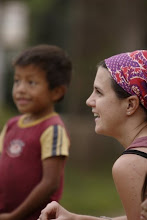


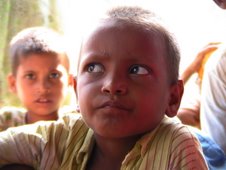
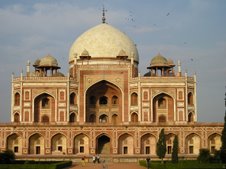
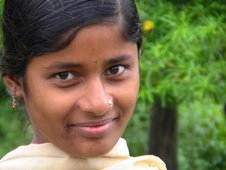


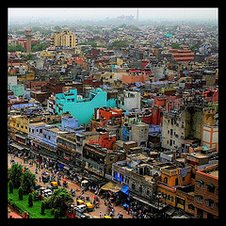


No comments:
Post a Comment